14 Facts That Prove Red Pandas Are More Than Just Cute
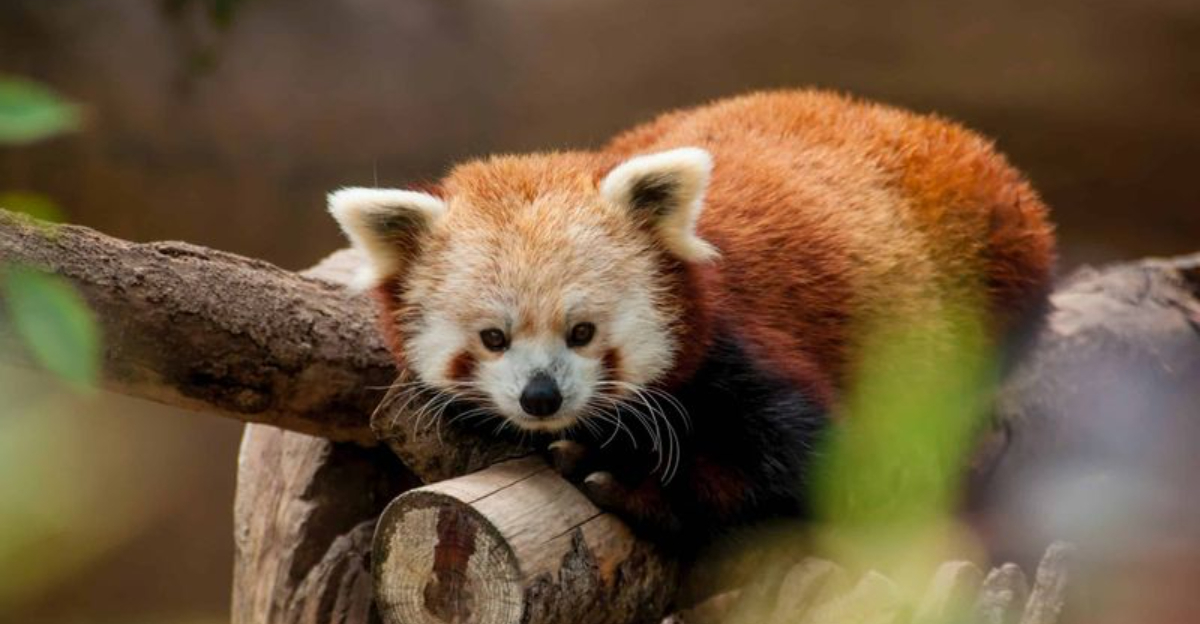
Those fluffy red creatures with raccoon-like faces have captured hearts worldwide, but there’s so much more beneath their adorable exterior. Red pandas aren’t just Instagram-worthy furballs – they’re fascinating animals with unique adaptations and surprising abilities.
Get ready to discover why these remarkable creatures deserve our attention beyond their undeniable cuteness.
1. False Thumbs For Tree-Climbing
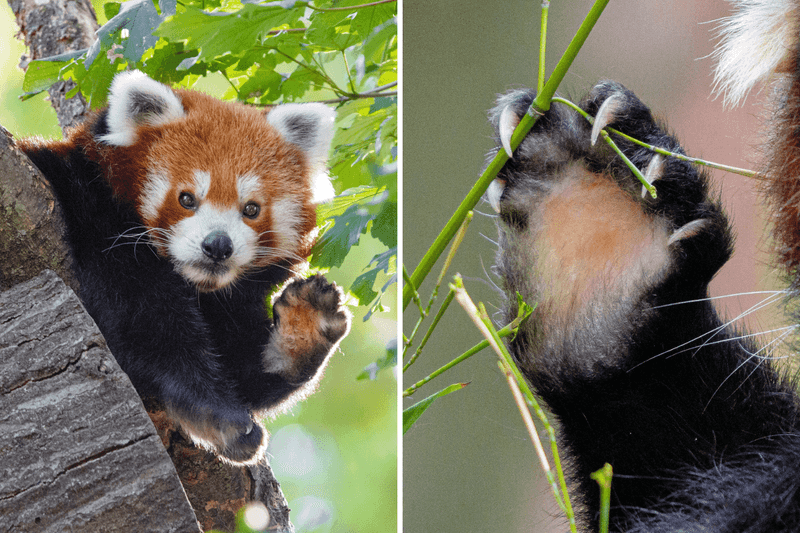
Ever tried grabbing something with mittens on? Red pandas don’t have that problem! Their wrists have an extended bone that functions like a thumb, helping them grip bamboo and tree branches with amazing dexterity.
This specialized adaptation lets them navigate treetops with acrobatic skill, despite their chubby appearance. Talk about hidden talents!
2. Ancient Species Older Than Giant Pandas
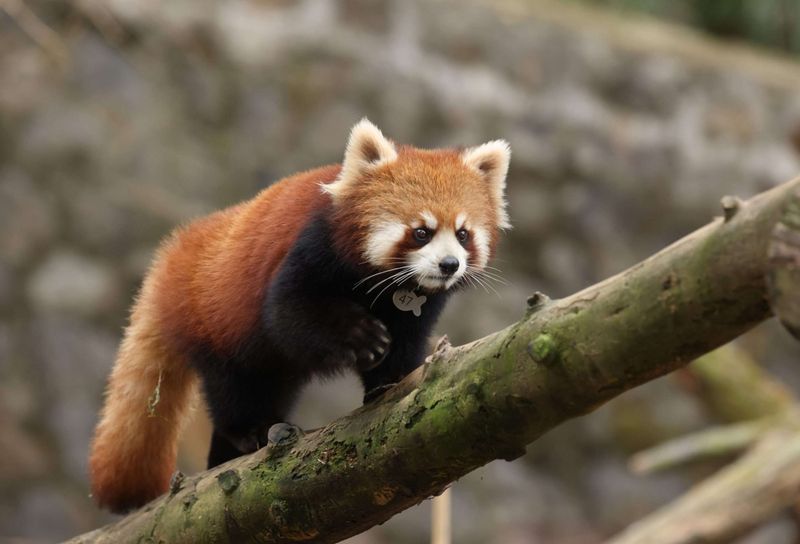
Despite sharing a name, red pandas aren’t closely related to giant pandas at all! These rusty-furred mammals actually belong to their own unique family (Ailuridae) and have been around for over 5 million years.
Fossil records show they once roamed across North America and Europe, not just Asia. They’re living fossils!
3. Master Bamboo Processors

Bamboo might seem like an odd food choice, but red pandas have specialized digestive systems to handle it. Their gut bacteria break down tough plant material that most mammals can’t digest.
Surprisingly, they process bamboo much more efficiently than giant pandas! They extract nearly twice the nutrients from the same amount of plant material.
4. Cinnamon-Scented Marking System

Who needs expensive perfume when you’ve got built-in cinnamon? Red pandas produce a sweet, spicy scent from special glands to mark territory and communicate with other pandas.
This unique musk helps them navigate their forest homes and find potential mates. Scientists describe it as smelling like fresh cinnamon mixed with vanilla!
5. Surprising Cold Weather Warriors

Those fluffy tails aren’t just for show! Red pandas wrap them around themselves like built-in blankets when temperatures drop. Their thick fur has specialized hollow hairs that trap heat effectively.
They can survive in temperatures as low as -15°F (-26°C), preferring cold mountain climates to warmer regions. Nature’s perfect winter design!
6. Gravity-Defying Sleep Habits

Sleeping in trees might seem risky, but red pandas are masters of the high-altitude snooze. They wrap their tails around branches for stability and can sleep draped over limbs without falling.
Some have been observed napping in positions that would give humans vertigo! Their specialized ankle joints lock in place for extra security.
7. Cat-Like Cleaning Routines
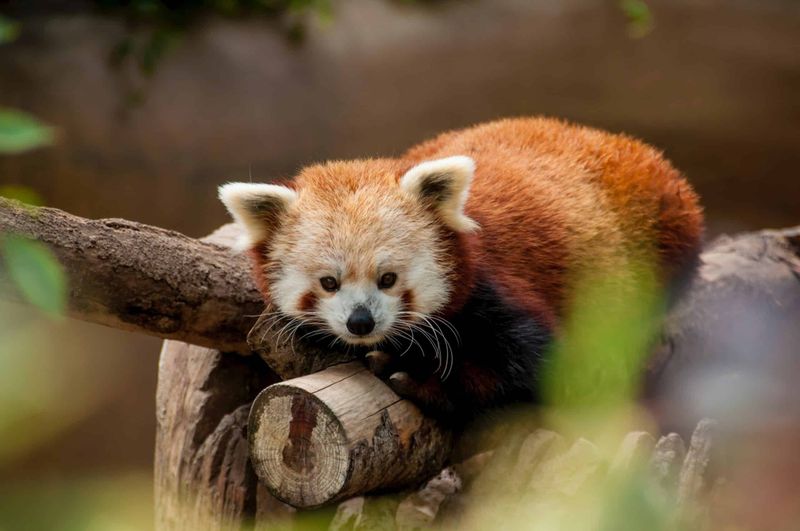
Cleanliness is serious business for these forest dwellers. Red pandas spend up to 15% of their waking hours meticulously grooming their fur with cat-like precision.
They lick their paws and use them to clean hard-to-reach places. This dedication keeps their specialized fur functioning properly for insulation and water resistance. Nature’s neat freaks!
8. Masters Of The Vertical World

Gravity seems optional for these nimble creatures! Red pandas can climb headfirst down trees thanks to ankle joints that rotate 180 degrees, allowing their feet to point backward.
Their sharp, semi-retractable claws provide extra grip on slippery bark. Some individuals have been observed descending 80-foot trees in under 20 seconds when startled!
9. Ninja-Like Defense Moves
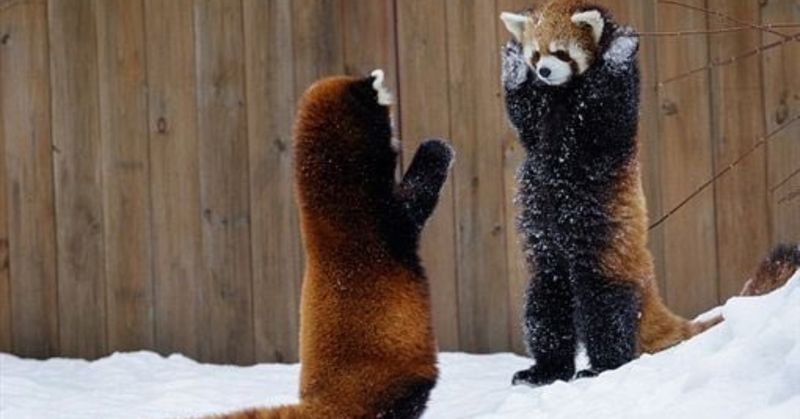
Threatened red pandas transform from cuddly to fierce in seconds! They stand on hind legs (reaching up to 3 feet tall) and extend their claws to appear larger to predators.
If intimidation fails, they unleash surprisingly fast strikes with their front paws. Forest guides report even leopards sometimes think twice before taking on a defensive red panda!
10. Multilingual Communication System
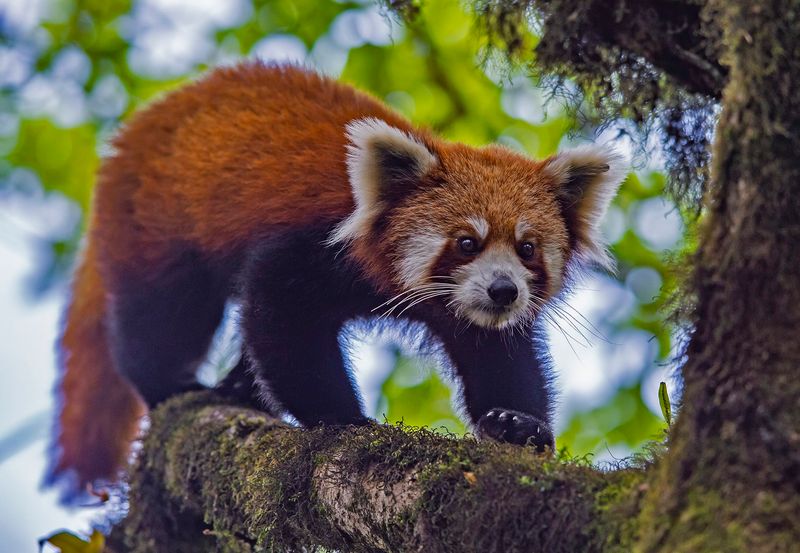
Behind those cute faces lies a sophisticated communication system! Red pandas use at least 11 distinct vocalizations, from bird-like twitter sounds to warning snorts and threatening huff-quacks.
They also communicate through body language, including tail positions and facial expressions. Young cubs make a high-pitched whistling sound when separated from mothers.
11. Vegetarians With Carnivore DNA

Talk about identity crisis! Though classified in the carnivore order, red pandas eat almost exclusively bamboo. Their ancestors were meat-eaters, and they still have sharp teeth and digestive systems designed for meat.
Occasionally, they’ll snack on eggs, insects, or small birds, but 95% of their diet comes from plants. Evolution took a surprising turn!
12. Memory Masters Of The Forest

Don’t let their goofy appearance fool you – red pandas have exceptional spatial memory! They can remember complex routes through forest canopies and recall feeding locations even after months away.
Researchers testing captive pandas found they could remember solutions to puzzles for over a year. Their brains are specially adapted for navigating three-dimensional forest environments.
13. Walking Fire Foxes
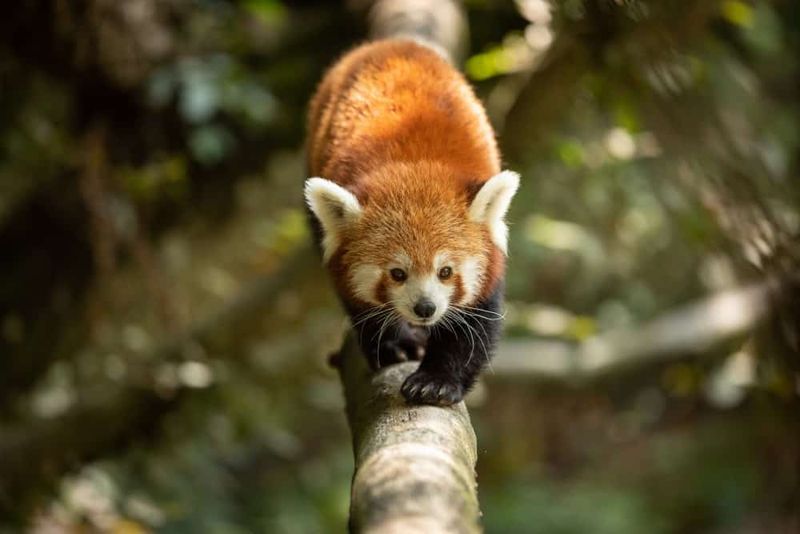
Their Chinese name “hun-ho” literally means “fire fox” – perfectly describing their flame-colored fur that provides remarkable camouflage among reddish-brown moss and lichens in their native forests.
This natural camouflage helps them hide from predators like snow leopards. Their rust-red fur contains unique pigments not found in any other mammal species!
14. Climate Change Canaries
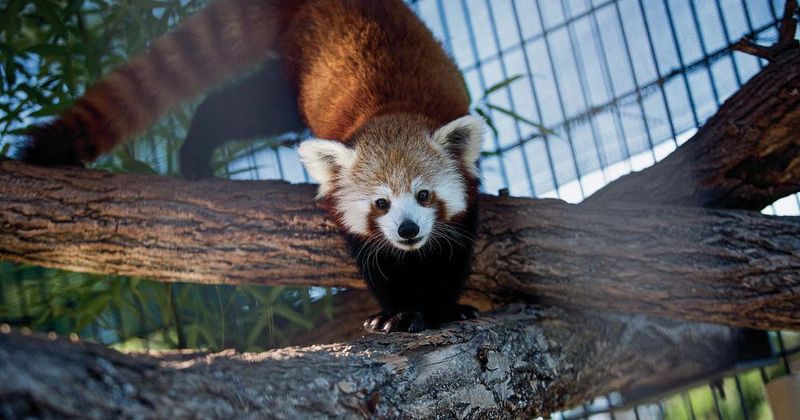
Scientists consider red pandas to be living barometers for mountain ecosystem health. Their specialized needs make them extremely sensitive to environmental changes – they can only survive in very specific temperature ranges.
When red panda populations decline, it signals broader problems affecting entire mountain forests. They’re furry early warning systems for our changing planet.






